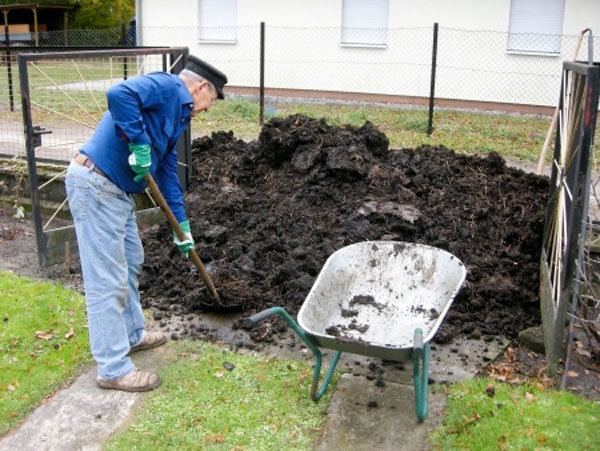Potential for human superbugs in cow manure: study
WASHINGTON—Cow manure is commonly used to fertilize vegetable crops, and a US study out Tuesday found it contains a high number of genes that can fuel resistance to antibiotics.
These genes come from the cows’ gut bacteria, and while none have yet been found in superbugs that are infecting humans, researchers said the potential is real.
The research was done by scientists at Yale University, who sampled manure from a handful of dairy cows at a farm in Connecticut.
In those samples, they found 80 unique antibiotic resistance genes.
About three quarters were unfamiliar. Genetic sequencing showed they were only distantly related to those already known to science.
When applied to a lab strain of E. coli, the genes made the bacteria resistant to certain well-known antibiotics, including penicillin and tetracycline.
Researchers said they were surprised by the number of antibiotic resistance (AR) genes they found, based on just five stool samples from four cows.
However, they also noted that the levels were lower than what is seen in chickens, which are often fed four times as many antibiotics as cows — typically to promote growth.
“The diversity of genes we found is remarkable in itself considering the small set of five manure samples,” said Jo Handelsman, senior study author and microbiologist at Yale.
“But also, these are evolutionarily distant from the genes we already have in the genetic databases, which largely represent AR genes we see in the clinic.”
Further study is needed to probe whether cow manure may harbor a major reservoir of antibiotic resistance genes that could move into humans.
“This is just the first in a sequence of studies — starting in the barn, moving to the soil and food on the table and then ending up in the clinic — to find out whether these genes have the potential to move in that direction,” Handelsman said.
The study appears in mBio, an open access online journal published by the American Society for Microbiology.
Funding for the research came from the Swiss National Science Foundation and the US National Institutes of Health.
